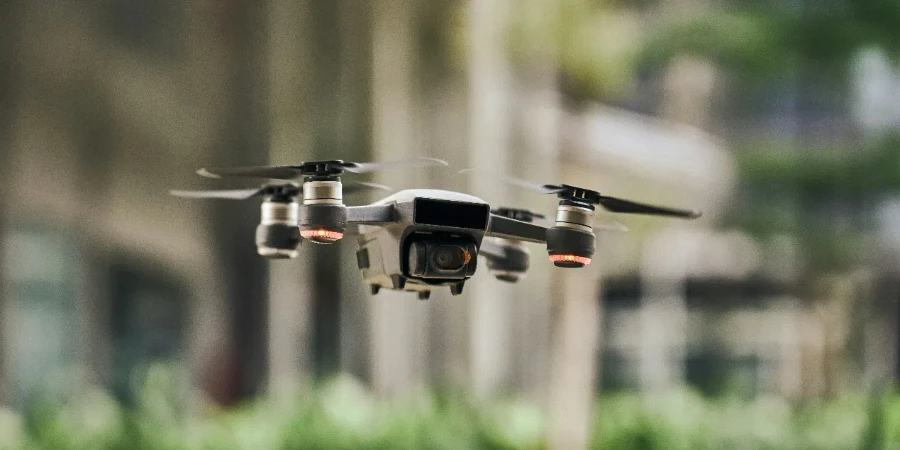In 2025, the racing drone market is projected to continue its rapid growth, driven by technological advancements and increasing popularity among tech enthusiasts. This article provides an in-depth analysis of key factors to consider when selecting racing drones, offering valuable insights for wholesalers, retailers, and purchasing professionals. The information within will assist professional buyers in making informed decisions to meet the demands of the competitive racing drone market.
Table of Contents:
– Current Market Size and Growth of Racing Drones
– Consumer Demographics and Preferences
– Key Features to Consider When Choosing Racing Drones
– Understanding Drone Regulations and Compliance
– Importance of After-Sales Support and Warranty
Current Market Size and Growth of Racing Drones
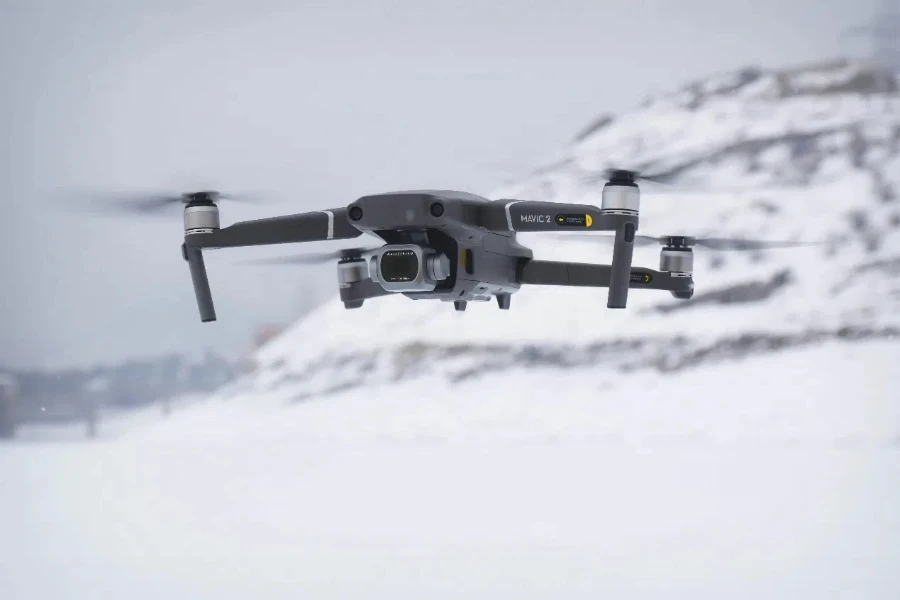
Market Value and Volume
The racing drone market has experienced significant growth in recent years. In 2023, the global market for consumer camera drones, which includes racing drones, was worth approximately USD 3.8 billion. This market is projected to reach USD 11.5 billion by 2030, growing at a compound annual growth rate (CAGR) of 16.9% from 2023 to 2030, according to Research and Markets. The increasing affordability of drone technology and the rise of social media and content creation have been key drivers of this growth.
The volume of racing drones sold is also on the rise. In 2024, the global drones market is expected to reach a volume of 9.5 million pieces, with a volume growth of 3.2% in 2025, as reported by Statista. This growth is driven by advancements in drone technology, including improvements in battery life, camera quality, and drone stability, making racing drones more appealing to consumers.
Regional Insights
The United States and China are leading the global market for racing drones. In 2024, the United States is projected to generate USD 1.4 billion in revenue from the drones market, with a CAGR of 0.43% from 2024 to 2029, according to Statista. The advanced technology and extensive use of drones in various industries, including racing, contribute to this leadership position.
China, on the other hand, is expected to generate the highest revenue in the global drones market, reaching USD 1.526 billion in 2024. The Chinese government’s support for drone research and development, along with the increasing use of drones in commercial activities, has fueled this growth. Additionally, the Asia-Pacific region is anticipated to be the fastest-growing region in the forecast period, driven by the growing interest in drone racing among tech-savvy youths and professionals.
Key Market Drivers
Several key drivers are propelling the growth of the racing drone market. The increasing affordability and accessibility of drone technology have made racing drones more accessible to a wider audience. According to Research and Markets, the continual technological enhancements, such as improved camera quality, battery life, and user-friendly controls, are important growth drivers.
The rise of social media and content creation as hobbies and professions has also propelled the demand for racing drones. Users seek new ways to differentiate their content and capture engaging footage, driving the market’s growth. Additionally, regulatory developments have played a role, as clearer guidelines and more structured airspace regulations have made it easier for consumers to know where and how they can legally fly drones.
Consumer Demographics and Preferences
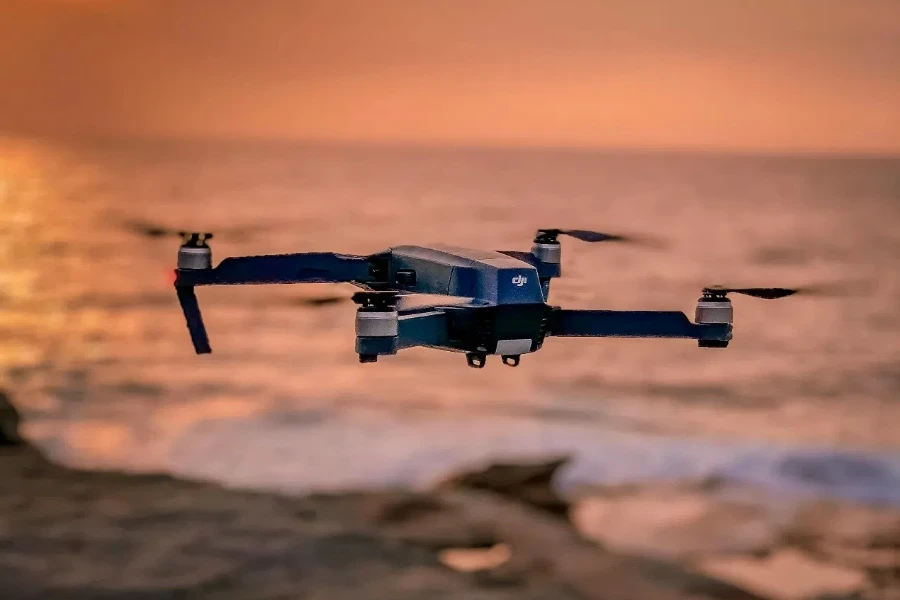
Age and Gender Distribution
The consumer demographics for racing drones are diverse, with a significant portion of users being tech-savvy youths and professionals. According to Statista, the number of users in the drones market is expected to amount to 363.9 million by 2029, with a user penetration rate of 4.0% in 2024, increasing to 5.0% by 2029. This indicates a growing interest in drone technology among a broad audience.
In terms of gender distribution, the market is predominantly male, with a growing number of female enthusiasts. The increasing popularity of drone racing as a competitive sport and recreational activity has attracted a diverse group of users. The age distribution is also varied, with younger consumers, particularly those aged 18-34, showing a strong interest in drone racing.
Popular Features and Specifications
Racing drones are equipped with several popular features and specifications that cater to the needs of enthusiasts. High-speed capabilities, agility, and advanced camera systems are among the most sought-after features. According to Research and Markets, drones with 32 MP or higher quality cameras are typically employed for security and defense operations, but these high-resolution cameras are also popular among racing drone users for capturing detailed footage.
Other popular features include improved battery life, which allows for longer flight times, and user-friendly controls that make it easier for beginners to operate the drones. Innovations in user interface design, such as automated flying and obstacle avoidance systems, have also made racing drones more accessible to beginners, as reported by Statista.
Preferred Price Ranges
The price range for racing drones varies widely, depending on the features and specifications. Entry-level racing drones can be found for under USD 100, making them accessible to hobbyists and beginners. These drones typically offer basic features and limited flight capabilities. On the other hand, high-end racing drones with advanced features, such as 4K cameras, obstacle sensing systems, and extended flight ranges, can cost over USD 1,000.
According to Statista, the overall average price of drones shows a falling trend due to lower production costs and material prices. This trend has made high-quality racing drones more affordable to a broader audience, contributing to the market’s growth. The increasing availability of drones through online channels has also made it easier for consumers to purchase racing drones at competitive prices.
Key Features to Consider When Choosing Racing Drones
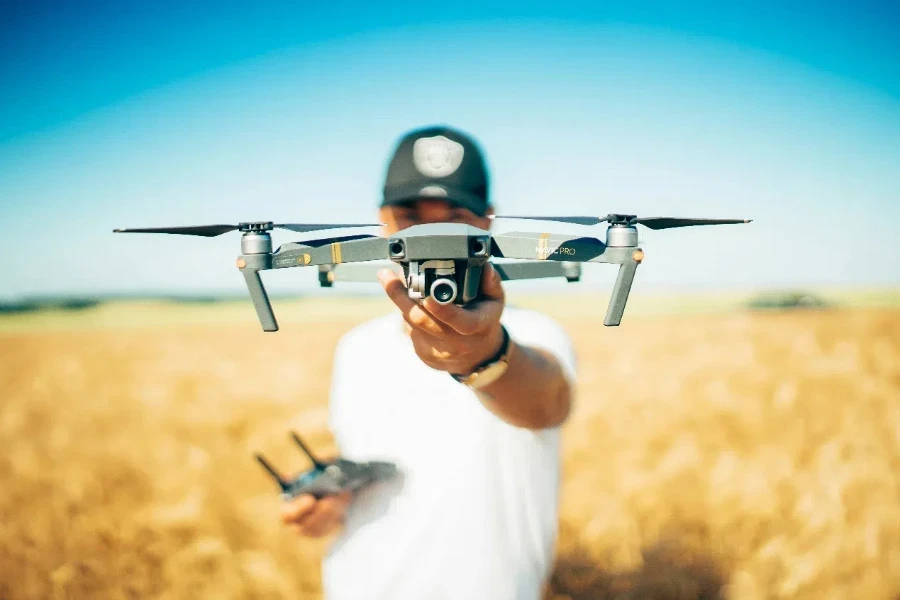
Speed and Agility
Speed and agility are paramount when selecting a racing drone. High-performance drones can reach speeds of up to 100 mph, making them suitable for competitive racing. Agility is equally important, as it allows the drone to navigate through tight spaces and perform complex maneuvers. Look for drones with advanced flight controllers and responsive motors to ensure optimal performance.
The frame design also plays a crucial role in a drone’s agility. Lightweight materials such as carbon fiber reduce the overall weight, enhancing maneuverability. Additionally, aerodynamic designs minimize air resistance, allowing for smoother and faster flights. Ensure the drone’s frame is durable enough to withstand crashes, which are common in racing scenarios.
Battery Life and Charging Time
Battery life and charging time are critical factors that affect a racing drone’s performance. Most racing drones use lithium-polymer (LiPo) batteries, which offer high energy density and quick discharge rates. A typical racing drone battery provides around 5 to 10 minutes of flight time, depending on the drone’s power consumption and flight conditions.
Charging time is another important consideration. Fast-charging capabilities can significantly reduce downtime between races. Look for chargers that support high current outputs, such as 4A or 6A, to quickly replenish the battery. Additionally, having multiple batteries on hand can ensure continuous flying without long interruptions.
Durability and Build Quality
Durability and build quality are essential for racing drones, as they often endure crashes and collisions. High-quality materials like carbon fiber and aluminum are commonly used in drone frames to provide strength and resilience. These materials can absorb impacts better than plastic, reducing the likelihood of damage during crashes.
The design of the drone also contributes to its durability. Modular designs allow for easy replacement of damaged parts, minimizing repair costs and downtime. Additionally, protective features such as motor guards and propeller guards can prevent damage to critical components. Ensure the drone’s electronic components are well-protected against impacts and vibrations.
Camera Quality and FPV Capabilities
Camera quality and first-person view (FPV) capabilities are crucial for racing drones. High-resolution cameras, typically 1080p or 4K, provide clear and detailed video feeds, enhancing the pilot’s situational awareness. Wide-angle lenses offer a broader field of view, allowing pilots to see more of their surroundings.
FPV systems transmit real-time video feeds to the pilot’s goggles or monitor. Look for FPV systems with low latency, ideally under 30 milliseconds, to ensure a responsive and immersive flying experience. Digital FPV systems, such as DJI’s FPV, offer superior image quality and reduced interference compared to analog systems. Ensure the FPV system is compatible with your preferred display device.
Remote Control and Connectivity
The remote control and connectivity options are vital for a seamless racing experience. High-quality controllers offer precise control inputs and ergonomic designs for comfortable handling. Look for controllers with customizable settings, such as adjustable stick tension and programmable buttons, to tailor the controls to your preferences.
Connectivity options, such as 2.4 GHz and 5.8 GHz frequencies, provide reliable communication between the drone and the controller. Dual-band systems can automatically switch between frequencies to avoid interference. Additionally, some advanced controllers offer telemetry data, such as battery voltage and signal strength, to keep pilots informed during flights. Ensure the controller has a robust and stable connection to prevent signal loss during races.
Understanding Drone Regulations and Compliance
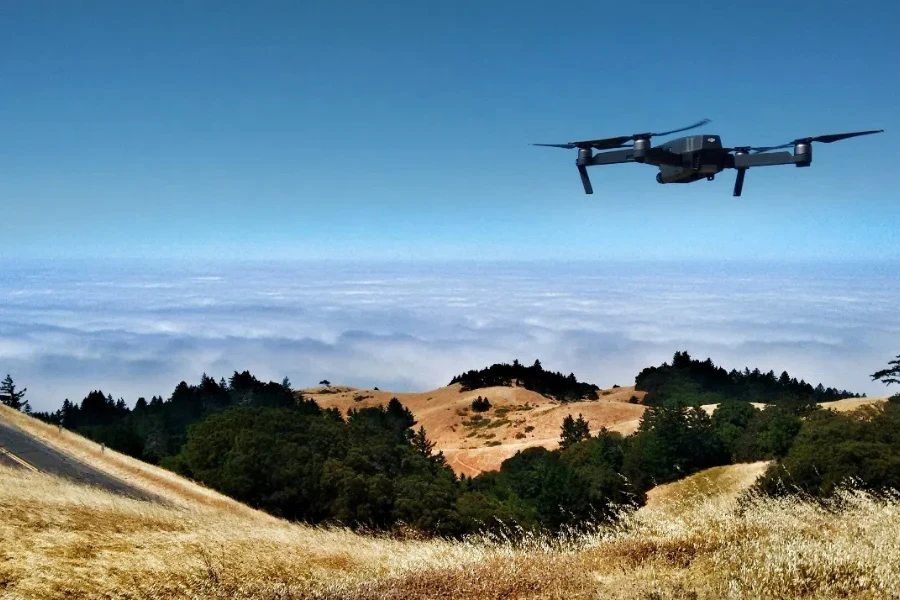
Regional Regulations
Drone regulations vary significantly across different regions, and it’s crucial to understand the rules in your area. In the United States, the Federal Aviation Administration (FAA) requires drone pilots to register their drones if they weigh more than 0.55 pounds. Additionally, pilots must follow specific guidelines, such as flying below 400 feet and avoiding restricted airspace.
In the European Union, the European Union Aviation Safety Agency (EASA) has established regulations for drone operations. These regulations categorize drones into different classes based on their weight and intended use. Pilots must complete online training and obtain certification for certain categories. Always check local regulations before flying to ensure compliance and avoid penalties.
Licensing Requirements
Licensing requirements for drone pilots vary depending on the country and the type of drone operation. In the United States, commercial drone pilots must obtain a Part 107 Remote Pilot Certificate from the FAA. This involves passing a knowledge test covering topics such as airspace regulations, weather, and emergency procedures.
In the European Union, drone pilots must complete an online training course and pass an exam to obtain a drone operator certificate. This certification is required for operating drones in specific categories, such as those weighing more than 250 grams. Ensure you meet the licensing requirements in your region to operate your drone legally and safely.
Safety Standards
Adhering to safety standards is essential for responsible drone operation. Always perform pre-flight checks to ensure the drone is in good working condition. This includes inspecting the frame, motors, propellers, and battery. Regular maintenance, such as cleaning and lubricating moving parts, can prevent mechanical failures during flights.
Follow best practices for safe flying, such as maintaining visual line-of-sight with the drone and avoiding crowded areas. Use geofencing features to prevent the drone from entering restricted airspace. Additionally, invest in safety equipment, such as propeller guards and parachutes, to minimize the risk of injury or damage in case of accidents. Prioritize safety to protect yourself, others, and your drone.
Importance of After-Sales Support and Warranty
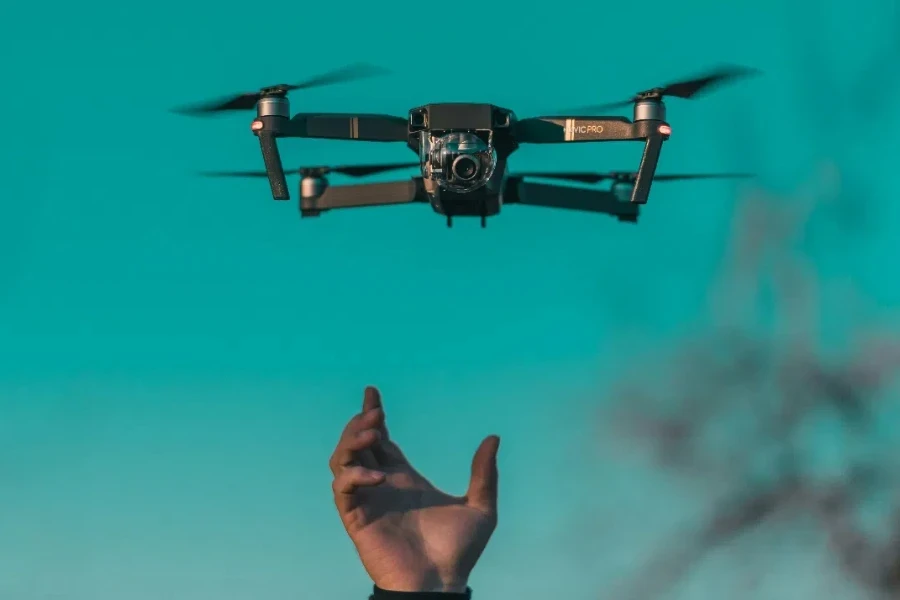
Customer Service Quality
Customer service quality is a critical factor when choosing a racing drone. Reliable customer support can assist with troubleshooting, repairs, and technical inquiries. Look for manufacturers with a reputation for responsive and helpful customer service. Online reviews and forums can provide insights into the experiences of other customers.
Effective customer service includes multiple support channels, such as phone, email, and live chat. Some manufacturers also offer online resources, such as FAQs, user manuals, and video tutorials, to help customers resolve issues independently. Prioritize brands that provide comprehensive and accessible customer support to ensure a smooth ownership experience.
Warranty Coverage
Warranty coverage is an important consideration when purchasing a racing drone. A comprehensive warranty can protect against manufacturing defects and provide peace of mind. Most manufacturers offer a standard one-year warranty, but some may provide extended coverage for an additional fee.
Review the warranty terms carefully to understand what is covered and any exclusions. Common exclusions include damage caused by crashes, water exposure, and unauthorized modifications. Ensure the warranty covers critical components, such as the flight controller, motors, and camera. A robust warranty can save you money on repairs and replacements in the long run.
Availability of Spare Parts
The availability of spare parts is crucial for maintaining and repairing your racing drone. Frequent crashes and wear-and-tear can necessitate the replacement of components such as propellers, motors, and frames. Choose a drone from a manufacturer that offers a wide range of spare parts and accessories.
Check if the manufacturer provides easy access to spare parts through their website or authorized dealers. Some brands also offer repair services, which can be convenient for complex repairs. Having access to spare parts ensures that you can quickly get your drone back in the air after an incident, minimizing downtime and maintaining performance.
Wrapping Up
Choosing the right racing drone involves considering various factors such as speed, battery life, durability, camera quality, and after-sales support. Prioritize these features to ensure a high-performance and reliable drone for competitive racing.
